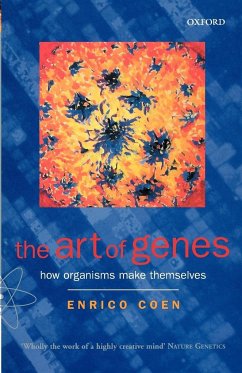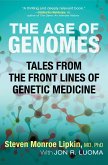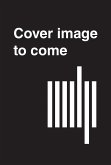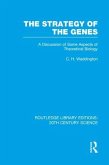How is a tiny fertilised egg able to turn itself into a human being? How can an acorn transform itself into an oak tree? Over the past twenty years there has been a revolution in biology. For the first time we have begun to understand how organisms make themselves. The Art of Genes gives an account of these new and exciting findings, and of their broader significance for how we view ourselves. Through a highly original synthesis of science and art, Enrico
Coen vividly describes this revolution in our understanding of how plants and animals develop.
Hinweis: Dieser Artikel kann nur an eine deutsche Lieferadresse ausgeliefert werden.
Coen vividly describes this revolution in our understanding of how plants and animals develop.
Hinweis: Dieser Artikel kann nur an eine deutsche Lieferadresse ausgeliefert werden.







